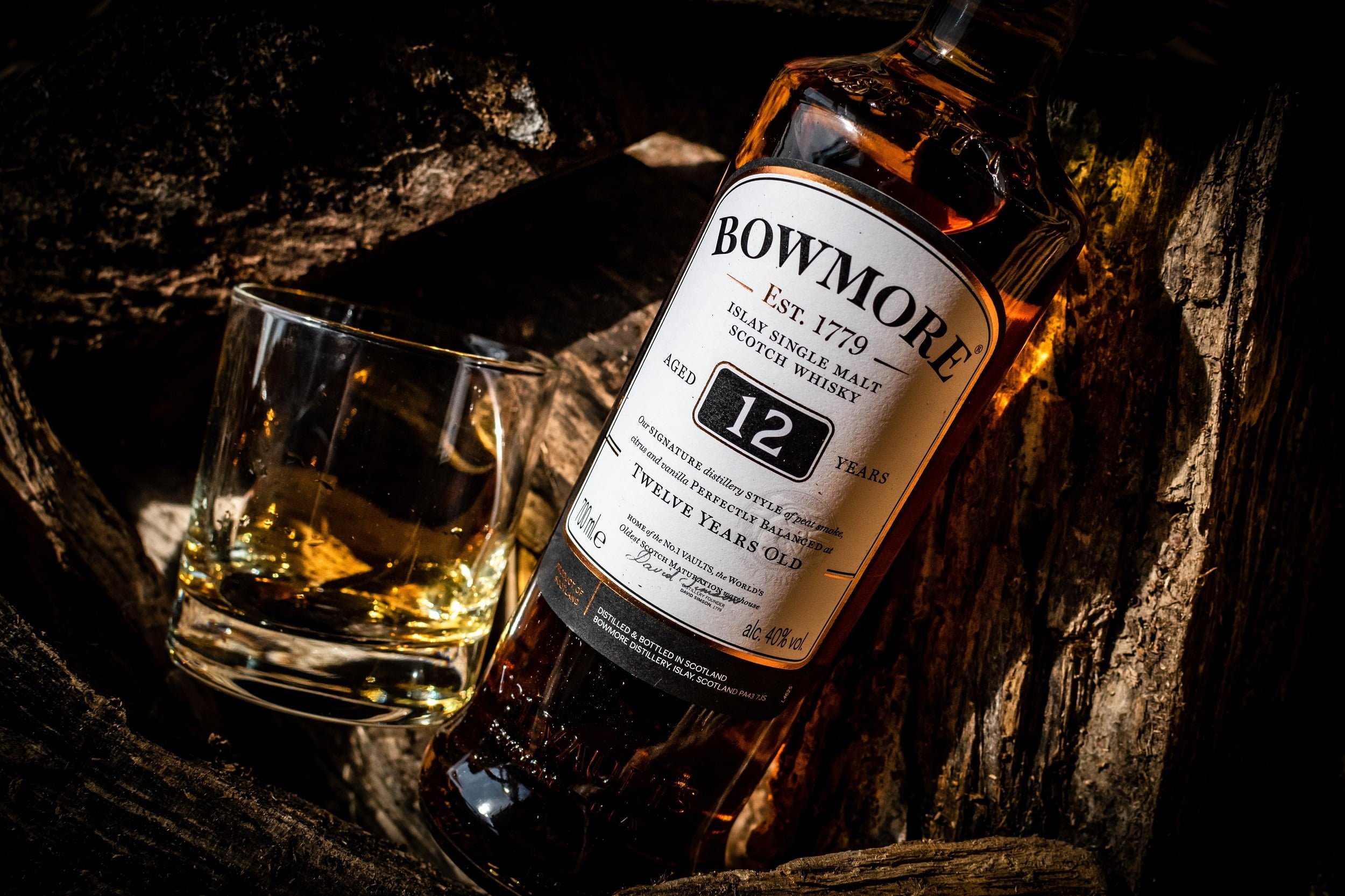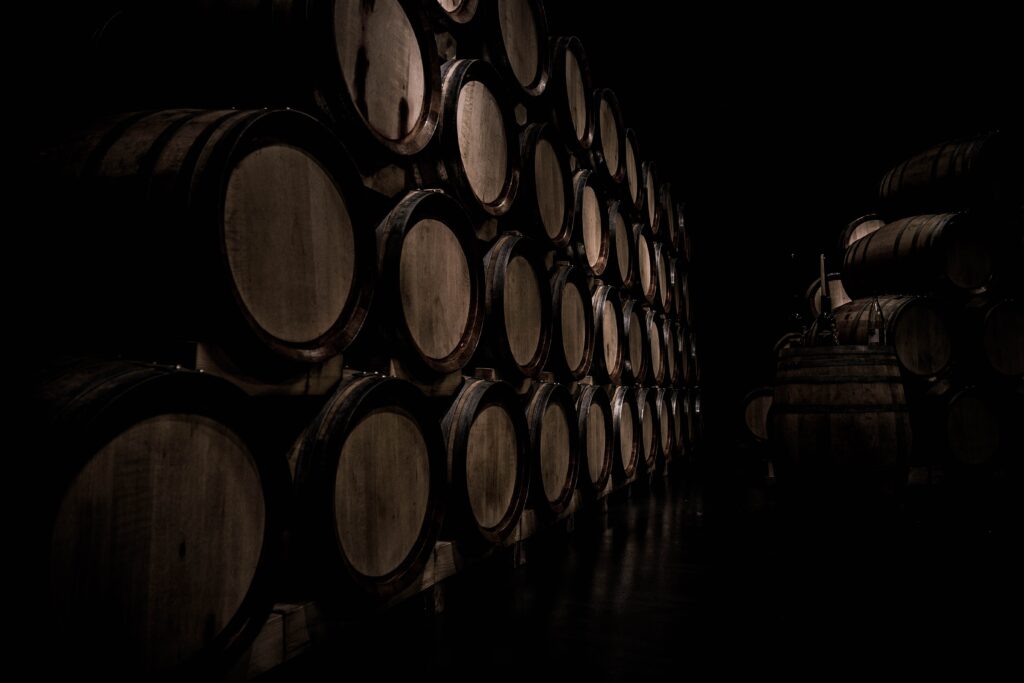
Age Statement and No Age Statement Whisky

If you are exploring the whisky world, you may have come across the terms age statement and no age statement whisky. Most Scotch whisky distillers now create both age statement and no age statement whiskies. In this guide I explain the difference between the two and why age statement whisky is better.
Let’s dive in.
What is an Age Statement Whisky
An age statement whisky is a Scotch whisky that has the number of years it has matured on the bottle.
Examples of age statement whiskies are:
You will typically find the longer the whisky has been matured in the barrel, the higher the price. That doesn’t mean longer maturation periods make better whisky and I have outlined why older whiskies aren’t necessarily better than younger whiskies in another article.
What is a No Age Statement (NAS) Whisky
NAS whisky has no advertised number of years in the barrel. That means a distiller can decide how long they mature the whisky before bottling it for sale.
Many no age statement whiskies combine young whiskies and small quantities of older whiskies to balance out the flavour.
Examples of NAS whiskies are:
In the case of Ardbeg, they have started releasing young age statement whiskies with a 5-year-old, an 8-year-old and a 10-year-old whisky now available. Ardbeg had to rely on no age statement whiskies because they are a relatively new distillery and sold whiskies with no age statement to remain profitable while other whiskies matured in the barrel.
Other distilleries release NAS whisky because it is cheaper and allows them to keep up with demand. For example, Macallan age statement whisky is always sought after, so they can appease demand by producing no age statement whiskies.
What is the Minimum Maturation Period
Despite being NAS, you will know any Scotch whisky is at least 3 years old.
The Scottish Government have Scotch whisky legislation that stipulates all Scotch whisky must have been matured for at least 3 years.
Even NAS will have to be in the barrel for this minimum period in order to be sold as Scotch.
Cask Types and Maturation
You will come across various casks (also known as barrels) used to mature whisky.
Each type of cask matures the whisky in a different way and imparts different flavours into the whisky.
Casks are expensive and difficult to obtain. The reason for this is Scotch whisky producers favour used casks that have already had alcohol in. For example, sherry casks will have been used to mature sherry and then bought by a whisky distillery to mature whisky in.
Because casks are difficult to get hold of, most distilleries use a combination of casks to mature their whisky.
Types of Cask and Availability
A typical Scotch whisky cask is American bourbon oak barrels. The bourbon industry in the US is booming and as a result it is easier for Scotch distillers to source these casks. An bourbon oak cask will impart some of the sweeter bourbon flavours along with spiciness from the oak.
A favourite (but extremely rare) cask for distillers is a sherry cask. Sherry casks impart the rich, deep fruit notes of sherry on the Scotch. You will often find whiskies are matured for the majority of time in American oak casks before being finished for a short period of time in a sherry cask.
In rare cases, a whisky will be matured fully in sherry casks, these tend to be expensive and highly desirable Scotches.
Single Cask Maturation Periods
Most mass-produced Scotch whisky has a single cask maturation period. This means it is put in the barrel and then removed at the right time and bottled.
The advantage of this for distilleries is they can simplify the whisky making process and not have to worry about cask rotation. If a distillery is using American oak casks for single cask maturation, they also have the added advantage of being able to source barrels if they need to expand their operations.
Single cask maturation whiskies range in quality, but they are typically cheaper and drier/spicier whiskies.
Single Sherry Cask Maturation Periods
The exception to the above is when a distillery places whisky in sherry casks for the entire duration. Sherry casks typically come from Portugal or Spain and are difficult to source.
The resulting whisky from a sherry cask maturation will be deep, complex and fruity. If the whisky is peated, the whisky has smoky flavour alongside the sweetness.
Finishing Casks
Most high quality whisky distilleries will aim to finish a whisky in sherry casks or in the case of Laphroaig, quarter casks.
Normally a finishing period is at least 3 years but some distilleries lack the sherry barrels to do this and have shorter finishing periods so they can rotate their barrels.
Laphroaig sometimes uses quarter casks for finishing whisky which are barrels that have been reduced in size. The reduction in size means the barrel has more opportunity to impart flavour on the smaller volume of whisky compared to a large volume of whisky in bigger barrels.
Multiple Cask Maturation Periods
For distilleries that like experimenting with cask varieties you may find your Scotch has been in three or more barrel types for long periods of time. This is to create more complex flavours as each cask will impart different flavours on the whisky.
Multiple cask whiskies tend to use sherry casks for at least part of the maturation process. Because this and the because the whisky requires more work, they are typically more expensive whiskies.
There is always an element of risk associated when creating multiple cask whiskies as a distillery won’t know if the resulting whisky is good. Because of this, only prestigious or long-standing distilleries tend to experiment in this way.

Why No Age Statement Whisky Has Become Popular
NAS whisky has become popular simply because distilleries are able to produce more. This means for the average consumer perusing the whisky section in their supermarket, they are likely to find plenty of NAS whiskies.
Some distilleries also have loyal customers who won’t be able to get their desired age statement whisky and no age statement whiskies are a way for a distillery to meet that demand.
The problem is most NAS whiskies are priced at the same (or more) than age statement whiskies. This is depressing as often these whiskies are lower quality because they haven’t been matured as long.
The reasons for the high price of NAS whiskies is:
- Sometimes older whiskies are mixed with younger whiskies and older whiskies cost more.
- Distilleries can be greedy, knowing they can charge a premium for no age statement whisky.
As you will find out in the next section, distillery greed is a big problem in the Scotch marketplace.
Age Statement vs No Age Statement Whisky – Which is Better?
Now we have explored the various types of cask and what age statement and no age statement whiskies are, let’s look at which is better.
Here are the facts:
- Most age statement whiskies are better than NAS whiskies,
- Some no age statement whiskies are extremely good,
- Buying no age statement whiskies helps whisky distilleries profitability,
- Buy no age statement whiskies encourages distilleries to produce less age statement whiskies.
This last point is a sad truth, why would a distillery produce an age statement whisky when they can produce no age statement whiskies and sell them for the same (or higher price)?
Most whisky enthusiasts will steer clear of NAS whiskies on principle. Although they fill a role within the broader Scotch whisky market, currently they are also eroding the availability of age statement whiskies (which on the whole are better whiskies).
Finally, all Scotch whiskies are matured for at least 3 years so you will always have a minimum standard of quality from this maturation period.